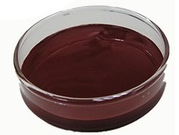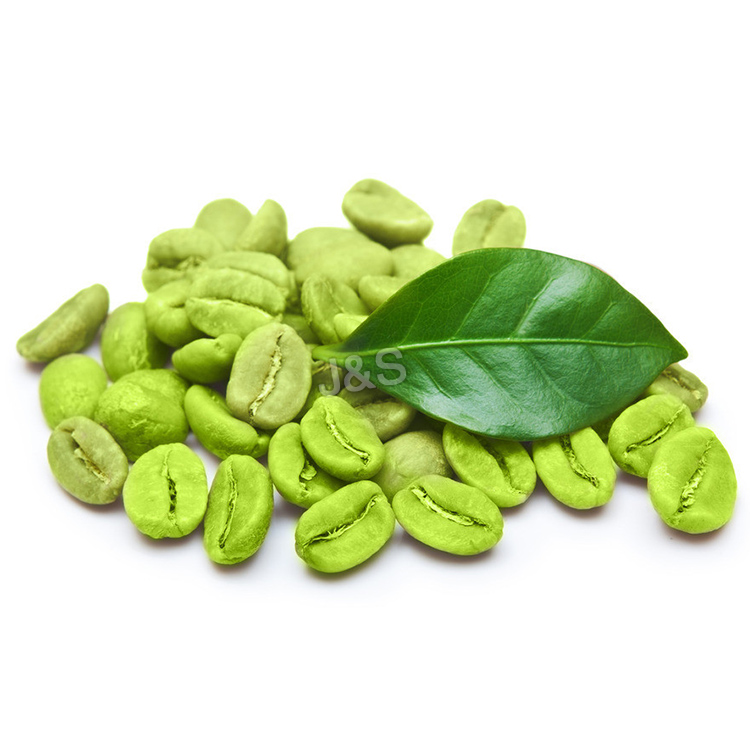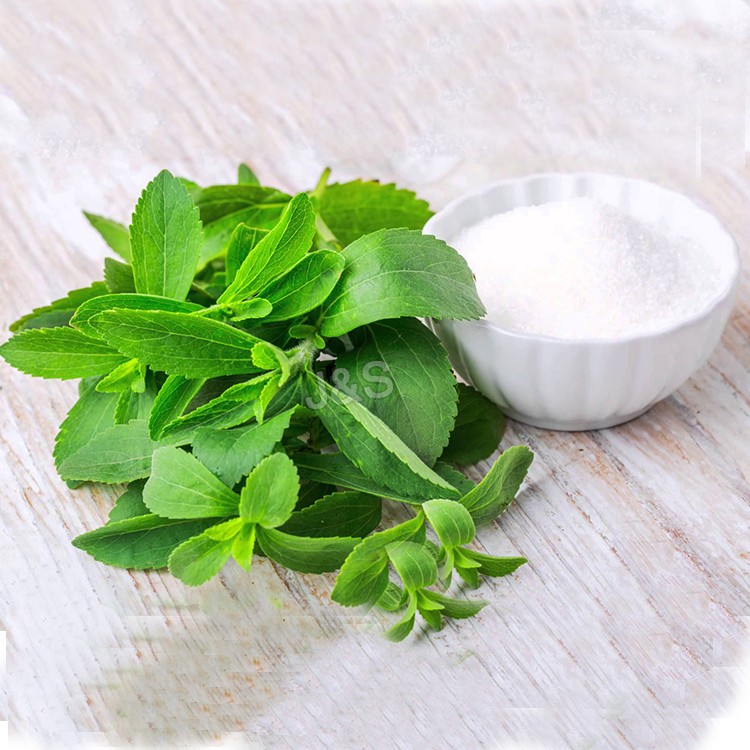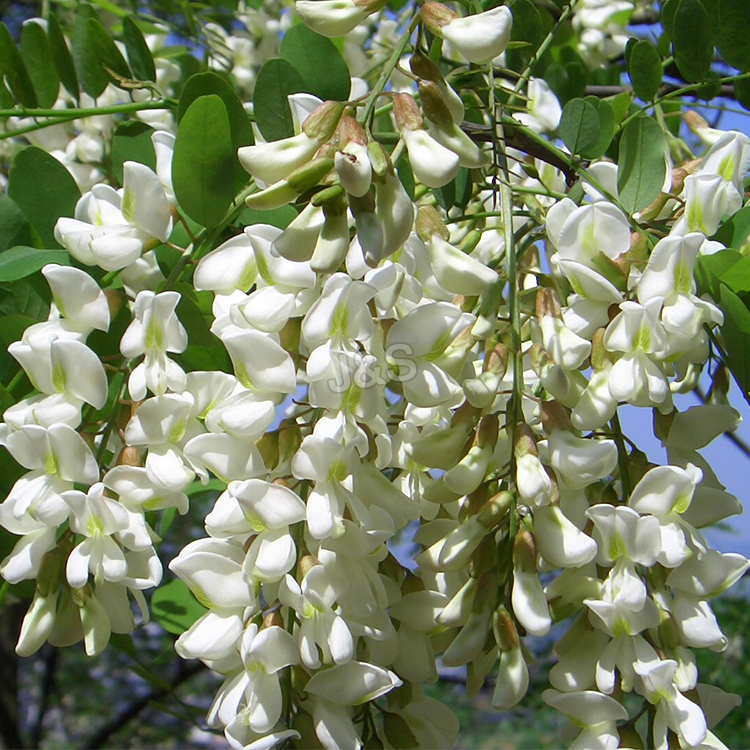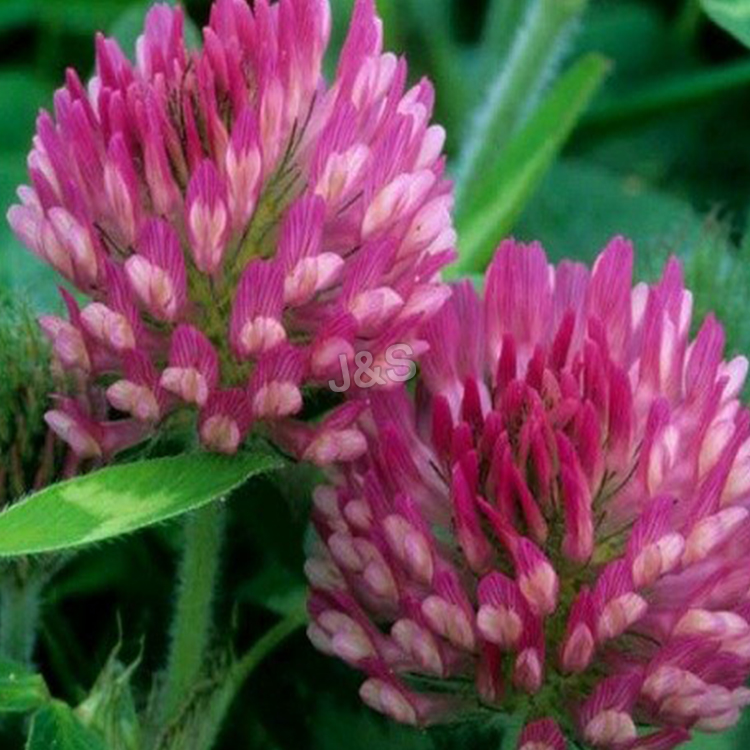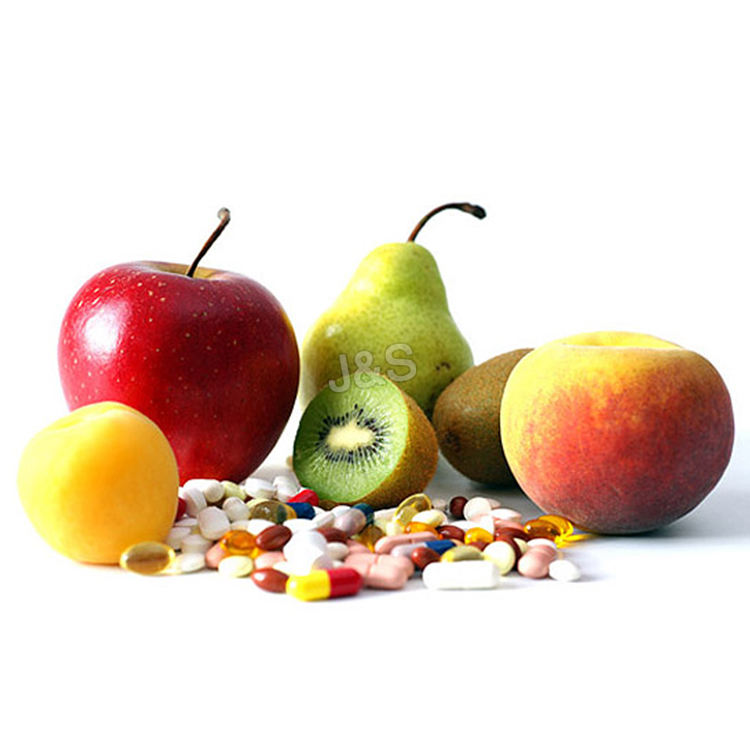High Definition For Astaxanthin Supply to Muscat
High Definition For Astaxanthin Supply to Muscat Detail:
[Latin Name] Haematococcus Pluvialis
[Plant Source] from China
[Specifications]1% 2% 3% 5%
[Appearance] Dark red Powder
[Particle size] 80 Mesh
[Loss on drying] ≤5.0%
[Heavy Metal] ≤10PPM
[Storage] Store in cool & dry area, keep away from the direct light and heat.
[Shelf life] 24 Months
[Package] Packed in paper-drums and two plastic-bags inside.
[Net weight] 25kgs/drum
Brief Introduction
Astaxanthin is a natural nutritional component, it can be found as a food supplement. The supplement is intended for human, animal, and aquaculture consumption.
Astaxanthin is a carotenoid. It belongs to a larger class of phytochemicals known as terpenes, which are built from five carbon precursors; isopentenyl diphosphate and dimethylallyl diphosphate . Astaxanthin is classified as a xanthophyll (originally derived from a word meaning “yellow leaves” since yellow plant leaf pigments were the first recognized of the xanthophyll family of carotenoids), but currently employed to describe carotenoid compounds that have oxygen-containing moities, hydroxyl or ketone , such as zeaxanthin and canthaxanthin. Indeed, astaxanthin is a metabolite of zeaxanthin and/or canthaxanthin, containing both hydroxyl and ketone functional groups. Like many carotenoids, astaxanthin is a colorful, lipid-soluble pigment. This colour is due to the extended chain of conjugated (alternating double and single) double bonds at the centre of the compound. This chain of conjugated double bonds is also responsible for the antioxidant function of astaxanthin (as well as other carotenoids) as it results in a region of decentralized electrons that can be donated to reduce a reactive oxidizing molecule.
Function:
1.Astaxanthin is a powerful antioxidant and may protect against oxidative damage to body tissues.
2.Astaxanthin can improve the immune response by increasing the number of antibody producing cells.
3.Astaxanthin is a potential candidate to treat neurodegenerative disease such as Alzhimer and Parkinson diease.
4.Astaxanthin dan reduce UVA-light damage to skin such as sunburn, inflammation, ageing and skin cancer.
Application
1.When applied in pharmaceutical field, astaxanthin powder has the good function of antineoplastic;
2.When applied in health food field, astaxanthin powder is used as food additives for pigment and health care;
3.When applied in cosmetic field, astaxanthin powder has the good function of antioxidant and anti-aging;
4.When applied in animal feeds field, astaxanthin powder is used as animal feed additive to impart coloration, including farm-raised salmon and egg yolks.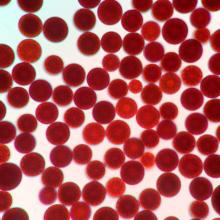
Product detail pictures:
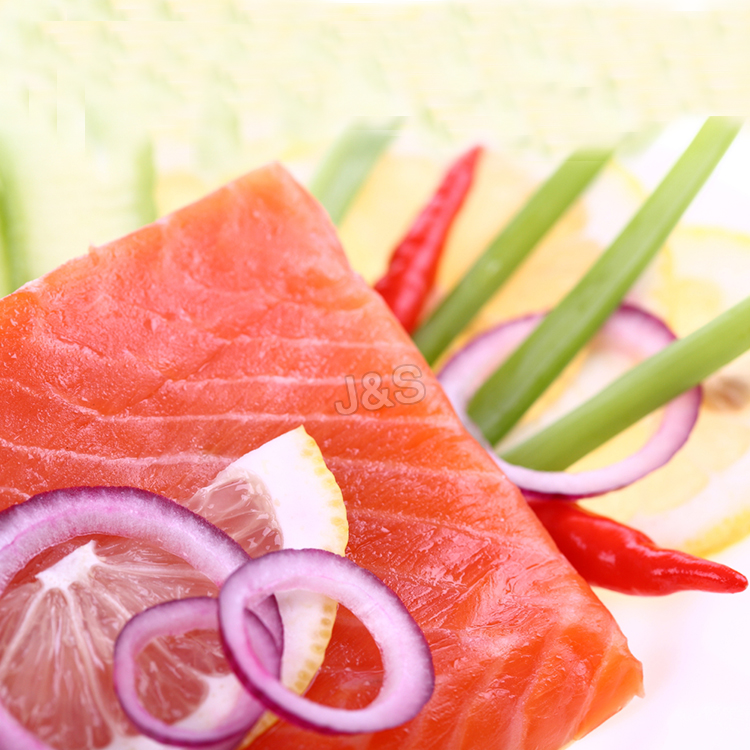
Related Product Guide:
With our excellent administration, strong technical capability and strict excellent control method, we carry on to offer our clients with responsible good quality, reasonable costs and great companies. We intention at becoming considered one of your most responsible partners and earning your pleasure for High Definition For Astaxanthin Supply to Muscat , The product will supply to all over the world, such as: Algeria, Turkey, Sao Paulo, Our faith is to be honest first, so we just supply high quality products to our customers. Really hope that we can be business partners. We believe that we can establish long time business relationship with each other. You can contact us freely for more information and pricelist of our products ! You will be Unique with our hair products !!
Products designed with your pet and home in mind.
Prices shown on the previously recorded video may not represent the current price. View hsn.com to view the current selling price.SHOP NOW https://www.hsn.com
↡CLICK TO SHOW MORE ↡
SUBSCRIBE: https://smplyq.co/SQ-subscribe
VEGAN MEAL PLAN: https://smplyq.co/eatclean-vegan
In today’s video we’re making a super delicious quinoa pizza recipe! This Summer Quinoa Pizza is vegan, gluten-free, and topped with zucchini and tomatoes. It’s healthy, easy to make and absolutely tasty!
_________________________________
✧ FULL DESSERT RECIPE ✧
SUMMER QUINOA PIZZA: https://www.simplyquinoa.com/summer-tomato-zucchini-quinoa-pizza/
✧OTHER QUINOA PIZZA RECIPES✧
→ Basic Quinoa Pizza Crust: https://www.simplyquinoa.com/ultimate-quinoa-pizza-crust/
→ BBQ Quinoa Pizza: https://www.simplyquinoa.com/bbq-quinoa-pizza-chickpeas/
→ Spinach & Artichoke Quinoa Pizza: https://www.simplyquinoa.com/spinach-artichoke-quinoa-pizza-crust/
→ Mini Quinoa Bites: https://www.simplyquinoa.com/mini-quinoa-pizza-bites-with-hummus-crispy-chickpeas/
→ Mushroom & Broccoli Quinoa Pizza: https://www.simplyquinoa.com/mushroom-broccoli-quinoa-pizza/
→ Buffalo Quinoa Pizza Crust: https://www.simplyquinoa.com/buffalo-quinoa-pizza-bites/
_________________________________
CHECK OUT MY QUINOA STARTER GUIDE: https://smplyq.co/quinoa-starter-guide
______________________________
SPECIAL OFFERS
15% OFF MATCHA POWDER: www.simplyquinoa.com/matcha15
Get FREE shipping on a BlendTec (the blender I use in this recipe):
https://smplyq.co/blendtec-free-shipping
_________________________________
OTHER PLACES YOU CAN FIND ME:
WEBSITE
https://www.simplyquinoa.com
https://facebook.com/simplyquinoa
https://pinterest.com/simplyquinoa/
INSTAGRAM
@simplyquinoa
________________________
Want to send me something?
PO BOX 456
New York, NY
10025
Disclaimer: This video contains affiliate links, which help support this channel. When you purchase through a link here, at no extra cost I make a small commission which helps me continue to provide content and videos for you. As always, thank you so much for your support!
The sales manager has a good English level and skilled professional knowledge, we have a good communication. He is a warm and cheerful man, we have a pleasant cooperation and we became very good friends in private.

